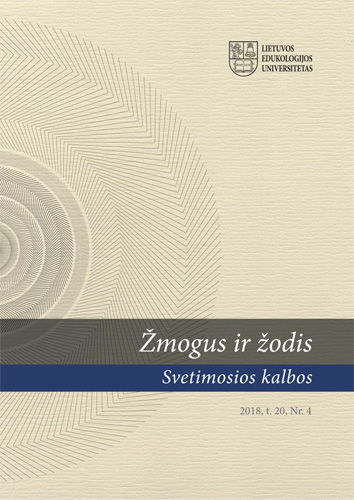Cultural and Linguistic Gaps in Cross-Cultural Translation
Cultural and Linguistic Gaps in Cross-Cultural Translation
Author(s): Giedrė Valūnaitė Oleškevičienė, Dalia Gulbinskienė, Eglė DrėgvaitėSubject(s): Theoretical Linguistics, Culture and social structure , Translation Studies
Published by: Vytauto Didžiojo Universitetas
Keywords: cross-cultural translation; cultural and linguistic gaps; culture specific items;
Summary/Abstract: Globalization and the fast growth of technology have made our world more connected than it has ever been before, thus giving more significance to the issue of cross-cultural gaps and the ways of translating them. The need to understand each other and to share new technology, medicine, literature, or knowledge is very high. Each language is unique and revolves around that country᾿s culture and morals. As Culler (2007) puts it, if languages were simply a nomenclature for a set of universal concepts, it would be easy to translate from one language to another. One would simply replace the French name for a concept with the English name. If languages were like this, the task of learning a new language would also be much easier than this. But anyone who has attempted either of these tasks has acquired, alas, a vast amount of direct proof that languages are not nomenclatures and the concepts of one language may differ radically from those of another. Each language articulates and organizes the world differently. Languages do not simply name existing categories; they articulate their own. And here arise cultural gaps and problems of equivalence because each language has its own culture, and those differences between cultures may cause more severe complications for the translator than do differences in language structure.
Journal: Žmogus ir žodis
- Issue Year: 20/2018
- Issue No: 4
- Page Range: 59-70
- Page Count: 12
- Language: English

